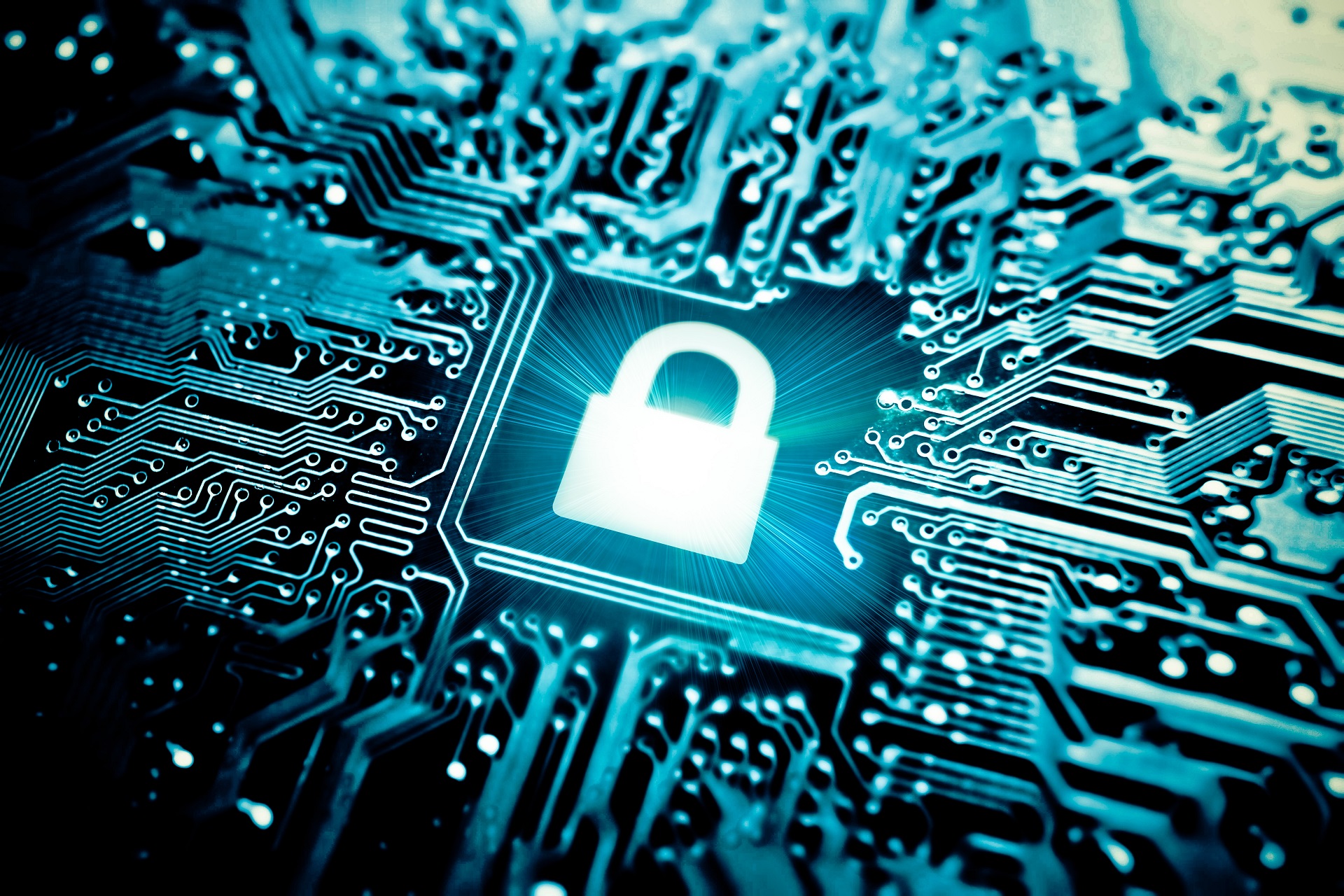

- #How to avoid having crypto locker issues on your system how to
- #How to avoid having crypto locker issues on your system download
- #How to avoid having crypto locker issues on your system windows
#How to avoid having crypto locker issues on your system download
You might also pick up this malware from a website that prompts you to download a plug-in or video player. Often, they’ll appear as a regular *.doc or PDF, but contain a hidden *.exe file that installs itself on your computer once you downloaded the attachment. The most common way your computer becomes infected with cryptolocker is in fact through harmless looking email attachments. It’s important to note that this virus must be downloaded to infect your computer, so avoiding all suspicious websites or email attachments is a major first step in self-protection. Though the ends results are the same, you may fall prey to the cryptolocker ransomware attack in a few different ways. And having people like the experts at Advanced Network Professionals on your side can give you more confidence that you have options to defend your information and fight back. Protecting yourself from this form of malware attack is crucial. Once infected, users have few options to recover their data and are left with the difficult choice of giving into the hacker’s demands. The method by which this virus facts your computer ensures that only the hacker can decrypt your data and makes it virtually impossible to recover forensically. Shortly after you’ve downloaded the virus, you’ll receive one of those gut-wrenching alerts letting you know your machine has been infected and a timer will appear counting down until your files are deleted.

Once your files have been “locked” through a two-pronged process known as asymmetric encryption, where the only way to decrypt your data is through a unique key held by the hacker, the cryptolocker virus will begin displaying messages on your computer warning you that your data will be deleted unless you pay a ransom. This Trojan horse primarily targets computers running windows. This particular virus looks for files on your computer or any attached media – USB memory sticks, shared drives, or external hard drives, for example – to encrypt.
#How to avoid having crypto locker issues on your system how to
CryptoLocker is primarily executed via phishing emails with malicious attachments, so MSPs should prioritize educating their clients on how to identify a phishing attempt.ĬryptoLocker is often executed via phishing emails mimicking Microsoft, Autodesk, FedEx, and UPS and targets users in the US, UK, Australia, Canada, India, and across Europe and Asia.Cryptolocker is a type of malware, malicious software intended to harm your computer, called ransomware that first showed up in 2013. How to protect clients’ devices against Cryptolockerįor MSPs, client education is key, along with antivirus, email filtering, and other ransomware prevention tools. Once files are encrypted, hackers threaten to delete the CryptoLocker decryption key that unlocks files unless they receive payment in a matter of days in the form of Bitcoins, CashU, Ukash, Paysafecard, MoneyPak, or pre-paid cash vouchers.
#How to avoid having crypto locker issues on your system windows
CryptoLocker encrypts Windows operating system files with specific file extensions, making them inaccessible to users. Fortunately, with technology, as it stands today, paying the ransom is not your only option when it comes to recovering your data.ĬryptoLocker ransomware emerged in 2013, infecting over 250,000 devices in its first four months. Since ransomware has developed, most hackers will now charge the ransom in cryptocurrency such as Bitcoin, or by credit card. Some of the earliest strains of ransomware can be traced back as far as the 1980s with payments demanded to be paid through snail mail. Your clients’ employees may not have heard of this particular ransomware strain (or any others for that matter), so the best thing you can do is help them understand the basics.

While there is, unfortunately, no foolproof way to protect against ransomware attacks, there are steps managed service providers (MSPs) can take to educate their clients about the various ransomware strains that could drastically impact business operations.Īccording to our annual State of the Channel Ransomware Report, MSPs report that CryptoLocker is the top ransomware variant impacting clients. Cybersecurity preventative measures have become increasingly more necessary as organizations around the world face rising threats.


 0 kommentar(er)
0 kommentar(er)
